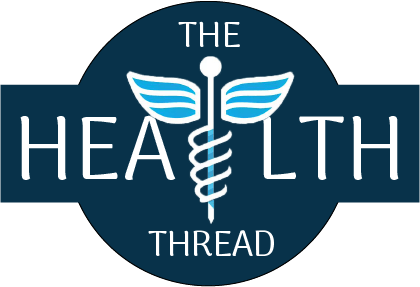Managing chronic pain
Managing chronic pain is a complex and multifaceted challenge that requires a comprehensive approach involving various strategies. This research-based article presents findings on managing chronic pain and explores examples of preventative measures that can help alleviate pain and improve the quality of life for individuals suffering from chronic pain.
Understanding Chronic Pain:
Chronic pain is defined as persistent or recurrent pain that lasts for three months or longer. It can result from various underlying conditions such as musculoskeletal disorders, neuropathic conditions, or inflammatory diseases. Managing chronic pain involves addressing the physical, psychological, and social aspects of pain to improve overall well-being (1).
Preventative Measures for Chronic Pain:
Physical Activity and Exercise: Regular physical activity and exercise can play a vital role in preventing and managing chronic pain. Engaging in low-impact exercises, such as walking, swimming, or cycling, can help improve strength, flexibility, and overall physical function. Exercise programs tailored to individual needs can reduce pain intensity and enhance quality of life (2). Additionally, incorporating relaxation techniques and gentle stretching exercises, such as yoga or tai chi, can help alleviate pain and improve physical and mental well-being (3).
Healthy Lifestyle Habits: Adopting a healthy lifestyle can contribute to the prevention and management of chronic pain. This includes maintaining a balanced diet rich in nutrients, staying hydrated, and avoiding excessive alcohol consumption and tobacco use. Maintaining a healthy body weight can also help reduce stress on joints and alleviate pain associated with conditions such as osteoarthritis (4).
Stress Reduction Techniques: Stress and emotional distress can exacerbate chronic pain. Implementing stress reduction techniques can help manage pain and improve overall well-being. Examples include mindfulness-based stress reduction, cognitive-behavioral therapy, and relaxation techniques such as deep breathing, meditation, or guided imagery. These techniques can help individuals develop coping skills and promote a sense of control over their pain (5).
Sleep Hygiene: Quality sleep is essential for managing chronic pain. Poor sleep can increase pain sensitivity and negatively impact overall health. Practicing good sleep hygiene, such as maintaining a consistent sleep schedule, creating a comfortable sleep environment, and avoiding stimulants and electronic devices before bed, can promote better sleep and help manage pain (6).
Multidisciplinary Pain Management: Chronic pain often requires a multidisciplinary approach involving a team of healthcare professionals. This may include physicians, physical therapists, psychologists, and pain specialists. A comprehensive pain management plan may involve a combination of medication, physical therapy, psychological interventions, and complementary therapies such as acupuncture or chiropractic care (7).
Conclusion:
Managing chronic pain requires a holistic approach that addresses the physical, psychological, and social aspects of pain. Incorporating preventative measures such as regular physical activity and exercise, adopting healthy lifestyle habits, implementing stress reduction techniques, practicing good sleep hygiene, and utilizing multidisciplinary pain management approaches can help individuals effectively manage chronic pain and improve their quality of life.
REFERENCES
- Institute of Medicine. (2011). Relieving Pain in America: A Blueprint for Transforming Prevention, Care, Education, and Research. The National Academies Press.
- Geneen, L. J., Moore, R. A., Clarke, C., Martin, D., Colvin, L. A., & Smith, B. H. (2017). Physical activity and exercise for chronic pain in adults: an overview of Cochrane Reviews. The Cochrane Database of Systematic Reviews, 4(4), CD011279.
- Büssing, A., Ostermann, T., Lüdtke, R., & Michalsen, A. (2012). Effects of yoga interventions on pain and pain-associated disability: a meta-analysis. The Journal of Pain, 13(1), 1-9.
- McAlindon, T. E., Bannuru, R. R., Sullivan, M. C., Arden, N. K., Berenbaum, F., Bierma-Zeinstra, S. M., … & Kwoh, K. (2014). OARSI guidelines for the non-surgical management of knee osteoarthritis. Osteoarthritis and Cartilage, 22(3), 363-388.
- Williams, A. C. D. C., Eccleston, C., & Morley, S. (2012). Psychological therapies for the management of chronic pain (excluding headache) in adults. The Cochrane Database of Systematic Reviews, 11(11), CD007407.
- Tang, N. K., & Sanborn, A. N. (2014). Better quality sleep promotes daytime physical activity in patients with chronic pain? A multilevel analysis of the within-person relationship. PAIN®, 155(2), 272-277.
- Turk, D. C., Wilson, H. D., & Cahana, A. (2011). Treatment of chronic non-cancer pain. The Lancet, 377(9784), 2226-2235.
